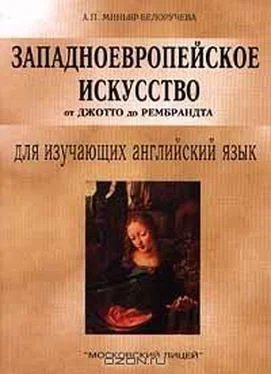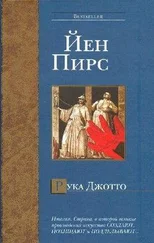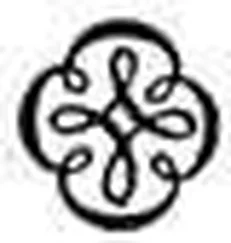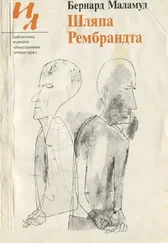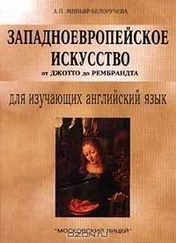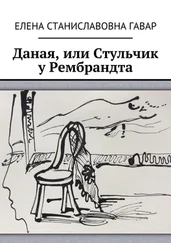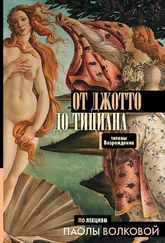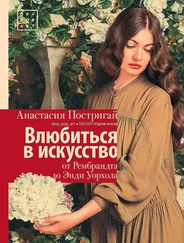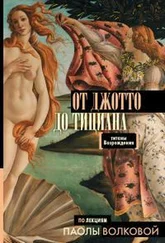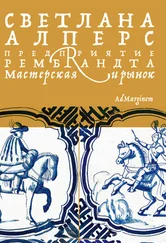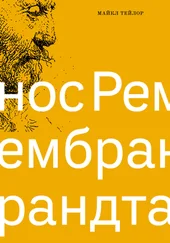VI. Summarize the text.
Vll. Topics for discussion.
1. Hals's style and characters.
2. Hals's artistic achievements.
Unit XVI Rembrandt (1608-1669)
Rembrandt van Rijn is the greatest Dutch master, one of the supreme geniuses in the history of art. To this day the art of Rembrandt remains one of the most profound witnesses of the progress of the soul in its earthly pilgrimage toward the realization of a higher destiny. The son of a prosperous miller, Rembrandt was born in Leiden in 1608. He was trained as a painter by two minor local artists. His rapid success promoted him to move to Amsterdam in 1631.
In 1632 Rembrandt's worldly success was assured. He had more commissions and pupils than he could accept. He married Suskia van Uylenburg, the lovely daughter of a wealthy family. He bought a splendid house, started a collection of paintings and rarities.
The universal artist dealt with many world subjects. Rembrandt painted, engraved and drew more than eighty self-portraits. Rembrandt was a master of portraiture. He created around fifty portraits.
The best group portraits painted by Rembrandt are the Anatomy Lesson of Dr. Tulp , of 1632, and The Night Watch , of 1642. In the former Rembrandt has not only painted faces, beards and lace ruffles, he has given the composition a new drama. Mystery dominates in his painting, reminding the living of their own inevitable destiny. As for The Night Watch , the members of the Company of Captain F. B. Cocq were dissatisfied with the colossal group portrait. The subject of the painting is the formation of the militia company for a parade. Through wonderful effective lightning Rembrandt has turned a narrative prose into a dramatic poetry. Real events are submerged in the symphonic tide of the colouring. All the men paid equally to have themselves depicted, yet some are sunk in a shadow, one man is concealed except for his eyes. It was inevitable that Rembrandt would lose popularity as a portrait painter, although not at once.
In Amsterdam Rembrandt began to paint in a highly imaginative Baroque style. He was influenced by Caravaggio's sharp light-and-dark contrasts and by Rubens's spiral compositions. A brilliant example of this is the Angel Leaving Tobit and Tobias , of 1637. Rembrandt has followed the book of Tobit available to him as a source in the Apocrypha. The formerly blind Tobit cured by the Archangel Raphael, prostrates himself in gratitude, while his son Tobias looks upward in wonder at the departing figure. Seen sharply from the back the angel is taken from the sight into an open cloud in a flash of light. Along with luminary effects goes a new technical freedom. The smooth, detailed early manner is gone. The forms are quickly sketched.
In 1642 Saskia died. Rembrandt's commissions slackened off as a result of his unconventional painting. In 1655 Rembrandt found himself in the midst of several financial troubles. At that period he painted The Polish Rider . The precise meaning of this painting has not been determined. Probably it is an allegory of the man's earthly journey, its many dangers and uncertain destination. In the grim and rocky valley a pool can be seen. Against the dark hill there is a hut. Near the crest there is a ruined castle. The youth rides in light, alert, with his weapons at ready. The figure and his horse stand forth in a new sculptural grandeur, intensified by the fact that many of the impastos have been laid on with a palette knife. The artist carved the pigments, especially in the dark rocks and the bony forms of the horse.
Etching played a special role in Rembrandt's vast production. He produced more than 290 etchings. For him it was an independent art form. The painter was unique in exploring various etching techniques. His etchings differed from those of his contemporaries in the loose, freehand style. Rembrandt had a large collection of drawings and prints by other artists including Man-tegna, Carracci, Titian, Raphael and Bruegel. He used their works for inspiration, but there was also an element of competition: Rembrandt tried to surpass his predecessors.
Probably in 1669, the year of his own death, Rembrandt painted the Return of the Prodigal Son . This painting stands at the ultimate peak of Christian spirituality, illuminating the relationship of the Self to the Eternity and can be interpreted as union with divine love. This parable was a favourite in the Baroque art. In Rembrandt's dark background one can distinguish two dim faces, a seated figure, and more brightly lighted the law-abiding eldest son. In a spontaneous gesture of loving forgiveness, the gentle, aged father comes into light to press to his bosom the cropped head of his ragged son. Faces are reduced. Only the hands of the father and the tired feet of the son are painted in detail. The painting is an allegory of the earthly pilgrimage of man finding rest and meaning in divine redemption. Rembrandt's language in this work is entirely that of colour and texture. Rich tans and ochres in the prodigal's worn garments are inundated by the glowing red of his father's festal cloak against the deep brown of the encompassing dark; solid masses in thick impastos gleam against the translucent glazed.
The biblical theme was very important to Rembrandt. In 1634 the artist created the Holy Family, John the Baptist Preaching, Ecce Homo . In Ecce Homo Jesus stands before Pilate, the procurator, the man who is to judge him. Pilate, convinced of Christ's innocence, presents him to the people with the words «See, the man!» – in Latin: «Ecco Homo». But the people and the priests cry out that Jesus must be crucified. The Passion of Christ was a popular subject. Rembrandt painted a series of seven pictures illustrating this episode. Abraham's Sacrifice was produced by Rembrandt in 1635. In Christ Appearing to Mary Magdalen , of 1638, Rembrandt shows Mary's shock of recognition.
Moses Breaking the Tablets was created in 1659. The Old Testament recounts that Moses led the children of Israel out of Egypt and through the wilderness. At Mount Sinai he received God's laws – the Ten Commandments – written on 'stone tablets'. But while Moses was on the mountain the people built an idol: a golden calf. When Moses came down from the mountain he saw the people dancing around the idol. In the anger he smashed the stone tablets. Rembrandt illustrates the moment just before Moses threw down the tablets.
Besides many paintings of biblical scenes Rembrandt took themes from mythology. In Diana Bathing with her Nymphs, with the Stories of Acteon and Callisto , c. 1634, Rembrandt combined two stories taken from Ovid's Metamorphoses . In the Rape of Ganymede , of 1635, the artist shows how Jupiter, turned into an eagle, carries Ganymede off to Olympus, to place him later in the Heavens as one of the signs of the Zodiac, Aquarius.
Rembrandt was not understood in his own life-time. He died in poverty. But it is the spirituality of his art that distinguishes Rembrandt from his Dutch contemporaries and makes him the greatest artist of the world.
Make sure you know how to pronounce the following words:
Rembrandt; Leiden; Amsterdam; Metamorphoses; commandment; Sinai; Ovid; Pilate; Apocrypha; Abraham; pilgrimage; archangel; Aquarius; Jupiter
Notes
Anatomy Lesson of Dr. Tulp – «Урок анатомии доктора Тулпа»
The Night Watch – «Ночной дозор»
The Polish Rider – «Польский всадник»
Return of the Prodigal Son – «Возвращение блудного сына»
Holy Family – «Святое семейство»
Читать дальше
